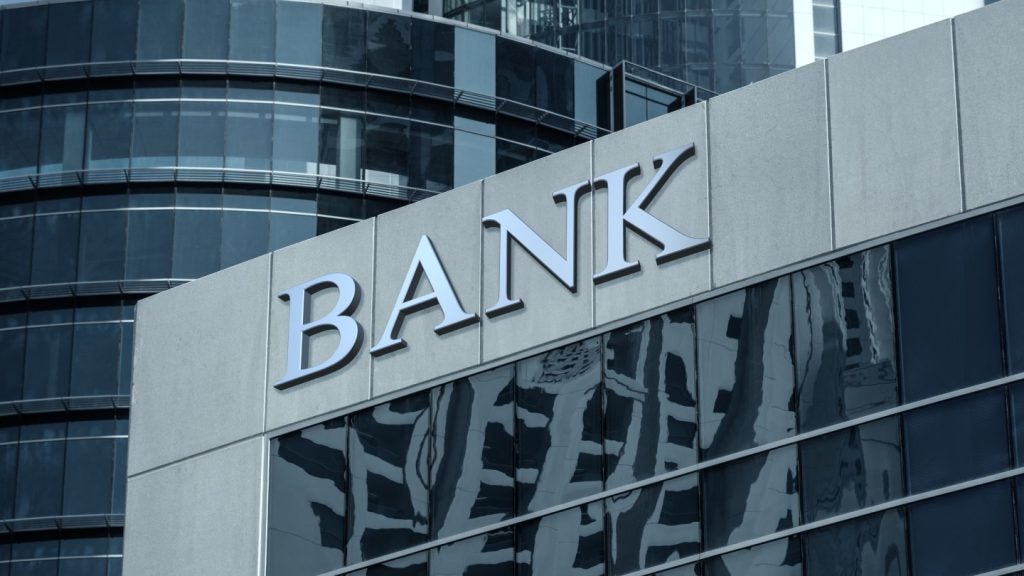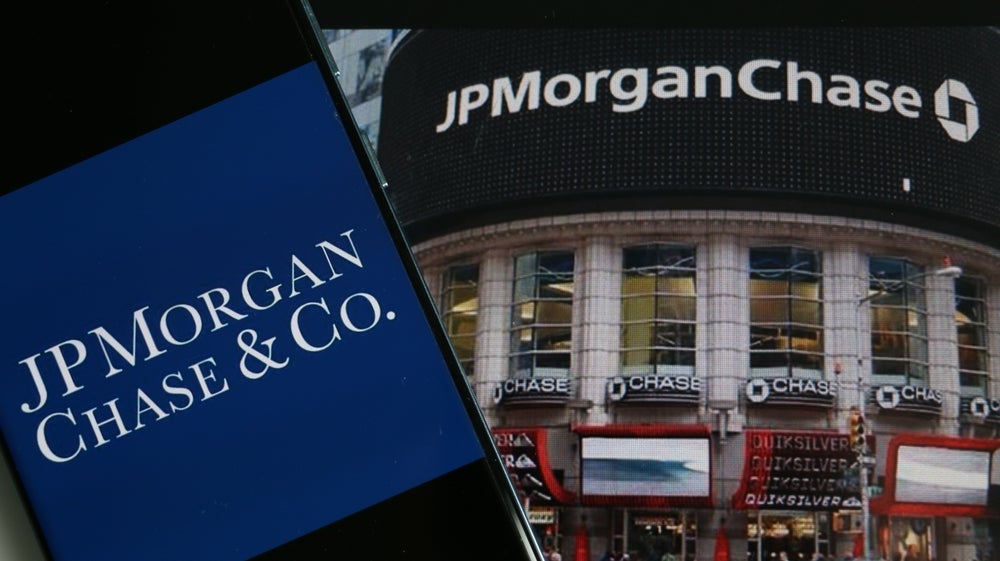Leading UK airline British Airways has renewed
a marketing partnership with UK-based ATM software firm i-design in
an effort to direct offers and information at key target markets.
Dan Jones
spoke to i-design’s CEO, Ana Stewart, and BA’s global media
manager, Anna West, about the strategies behind the campaign.
UK airline British Airways (BA) and ATM advertising software
provider i-design have renewed an advertising partnership which
will see BA target business and leisure travellers across three UK
banking networks via two different adverts each month.
The deal represents the fifth time BA has
renewed its partnership with i-design, having been the launch
client for the software provider’s self-service advertising
solution atmAd in 2004 and commencing a long-term ATM strategy in
2005.
Speaking to RBI, i-design’s CEO, Ana
Stewart, and BA’s global media manager, Anna West, said they expect
other markets to follow the UK’s lead in terms of future ATM
advertising campaigns.
Retail Banker International: Which banks are involved in the
campaign?
Anna West: The hand-picked BA
long-term holding network comprises of three different banks:
Nationwide Building Society, Alliance & Leicester (owned by
Santander) and Tesco (ATMs operated by RBS).
How well do you really know your competitors?
Access the most comprehensive Company Profiles on the market, powered by GlobalData. Save hours of research. Gain competitive edge.

Thank you!
Your download email will arrive shortly
Not ready to buy yet? Download a free sample
We are confident about the unique quality of our Company Profiles. However, we want you to make the most beneficial decision for your business, so we offer a free sample that you can download by submitting the below form
By GlobalDataRBI: This is a recurring campaign – what has and hasn’t
worked in the past?
AW: Since 2004, BA has used atmAd
for broad awareness, general brand-building and direct response
campaigns.
However, broadly speaking BA’s most
frequent campaigns are tactical and integrate with other media
activity running concurrently. For example, they might focus on
prices, new routes or services and tailor these messages at a local
level, to defined customers, most likely to frequent key locations
within their portfolio of ATM sites.
Most importantly, BA is able to ensure the
consistency of their message targeting with atmAd, delivering
‘business class’ messages to business people on commuter routes and
‘destination sale’ messages to the more general leisure traveller
in the high street.
RBI: There is a perception that ATM advertising campaigns in
the UK are less widespread than in markets such as the US. Do you
agree with this?
Ana Stewart: Interestingly, this is
not the case. The UK is in fact the market leader in ATM
advertising, and is the first market to offer advertisers an
aggregated network of free-to-use bank ATMs on a national
scale.
atmAd is the established solution of
choice for deploying third party ads and currently does so across
6,200 ATMs from three banking networks. This equates to over
35percent of the UK’s bank owned retail located ATMs and accounts
for nearly half of all retail based cash withdrawal
transactions.
If anything, this successful UK
business model will be the blueprint for establishing ATM
advertising in other markets, including the US.
RBI: What trends have you observed in terms of recent interest
in ATM advertising from banks or other advertisers?
AS: We have seen increasing demand
from other territories as atmAd has proven to be so successful in
the UK. In the past 12 months alone the number of atmAd-enabled
ATMs has grown five-fold and the number of blue-chip third party
clients using atmAd has more than doubled.
RBI: What are the costs and fees associated with the BA
campaign, and what kind of ROI has BA seen?
AW: The costs involved constitute
commercially sensitive information. However, the BA long-term
holding has increased year-on-year to include more sites.
In terms of ROI, the BA campaigns have not yet
contained a direct, stand-alone call to action, but rather form
part of wider awareness, branding and strategic message
campaigns.
RBI: Can you provide examples of the most
successful/innovative ATM initiatives run via atmAd in the
past?
AS: There have been many successful
campaigns, from a wide variety of product sectors including
airlines, publishing, telecoms, utilities, charities, UK
government, fast food, FMCG and soft drinks. Notable campaigns from
the last 12 months came from the likes of T-Mobile, Subway, and
Coca-Cola. Coca-Cola attributed 20 percent of product sales over
its campaign period to the discount voucher receipts provided via
ATMs.
RBI: Where do you see the BA campaign going – will you look to
expand and work with more banks?
AW: As the number of UK ATMs
deployed with atmAd continues to grow, there will be the
opportunity for BA to refine or make additions to their long-term
holding network and i-design will advise on any new site locations
which are suitable for BA, according to audience type, location,
reach and message relevancy. BA is not specifically looking for
banks, but increased audience reach.
Within BA’s long term holding locations,
atmAd’s capabilities deliver the flexibility to change the campaign
copy regularly and have different messages on different cluster
groups of ATM sites.
If appropriate for the campaign, the solution
allows BA to run special ‘daily count-down’ creative changes, or
customise campaigns by frequency or specifically at a local level.
i-design works with BA to ensure that atmAd continues to reach the
maximum number of customers with a relevant campaign message,
delivered at a time and in a manner which optimises
effectiveness.







